Amateur Cinema Between the Wars in Spain
by Enrique Fibla Gutiérrez
Amateur Cinema developed rapidly in Spain during the late 1920s and early 1930s, especially in Catalonia. In the absence of a strong film industry that reflected the diverse cultural heritage of the country and the immense social and political changes it was undergoing, small-gauge filmmaking developed into one of the most important cinema movements of the interwar period. However, the dynamism of amateur cinema in Spain was halted by the eruption of the civil war after a Fascist coup and the ensuing Franco dictatorship.
This page provides an introduction to amateur film culture in Spain. The timeline below sketches out some key events and contexts during this period; you can also explore a map of amateur movie clubs that were established in Spain during the 1920s and 30s; finally, a list of noteworthy films provides a starting point for understanding the range of different types of amateur films that were produced in Spain. You can watch 108 of these films on the website of the Centenary of Amateur Cinema in Catalonia, which will soon be translated into English.
To read more about how amateur film was conceptualized in Spain (and elsewhere), visit the Dossier section of this site.
Amateur Movie Clubs
Click on the points below to find out more about each movie club.
Significant Films
The selected films provide an introduction to amateur filmmaking in Spain during the 1920s and 30s. Follow the links for more information and to view the films (where available).
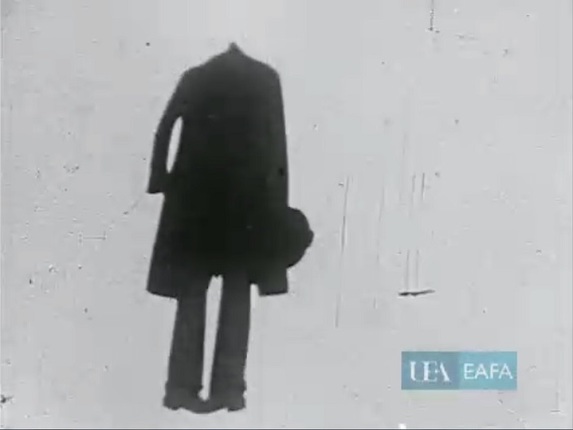
Memmortigo? (Delmir de Caralt, 1933)
A sardonic avant-garde film about suicide. One of the Spanish amateur films with the most prominent international circulation during the interwar period. A copy was even acquired by the Institute of Amateur Cinematographers (London). It was included in the 10 best films World Tour organized by the IAC. The film’s director, Delmir de Caralt, was a leading figure in amateur film circles during the 1930s.
For more information. Watch the film.
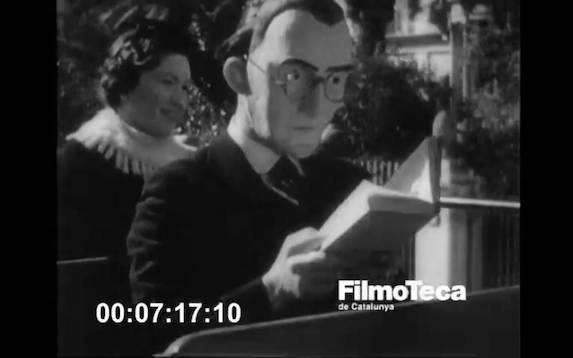
Hombre Importante. Prejuicios, El [The Important Man.] Prejudices (Domènec Giménez Botey, 1935)
The story of a man who acts as if he is important and who wears a mask to show the appearance of a serious and cultured person. But when he takes it off, in the intimacy of the home, he stops pretending and is able to relax and be happy. One day, on the tram, he meets a girl who helps him get rid of the mask by cutting loose of all of his prejudices. Winner in the 1935 International Amateur Film Festival, and one of the finest examples of amateur fiction film of the era.
For more information. Watch the film.
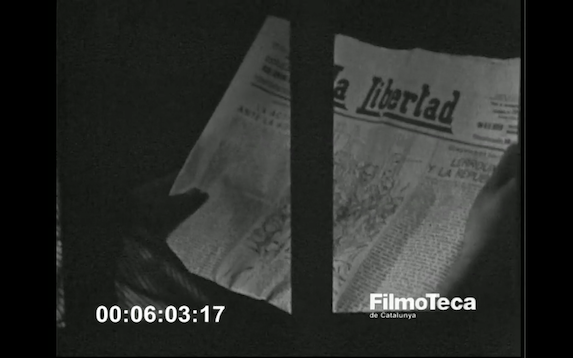
Diaris [Newspapers] (Joan Salvans, 1934)
A documentary about the importance of newspapers in shaping public opinion. The film includes a veiled criticism of the role of leftist newspapers in the radicalization of workers. It is one of the few explicitly political films from the movement.
For more information. Watch the film.
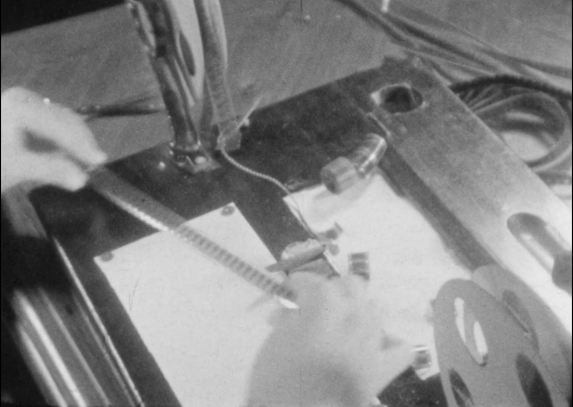
Aquesta nit no surto [I’m not going out tonight] (Francesca Prats Trian, 1934)
Visual poem, synchronized to the Arabesques of Claude Debussy, that reflects on the home as a space of cinematic creativity for the amateur. It is the only film from the period directly credited to a female amateur filmmaker.
For more information. Watch the film.
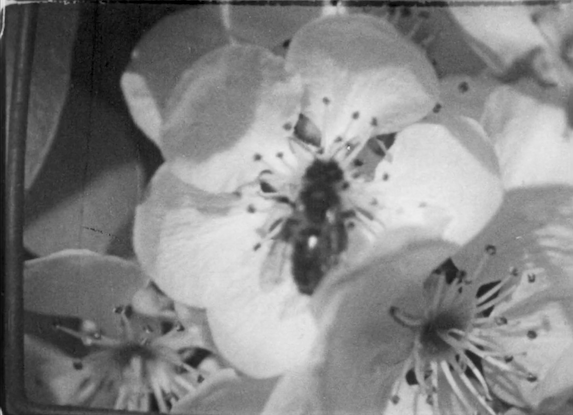
Abelles [Bees] (Joan Prats Vidal, 1933)
Documentary about bees, with impressive and detailed images. One of the best examples of the educational documentaries of the movement, which caught the attention of the Catalan Cinema Committee.
For more information. Watch the film.
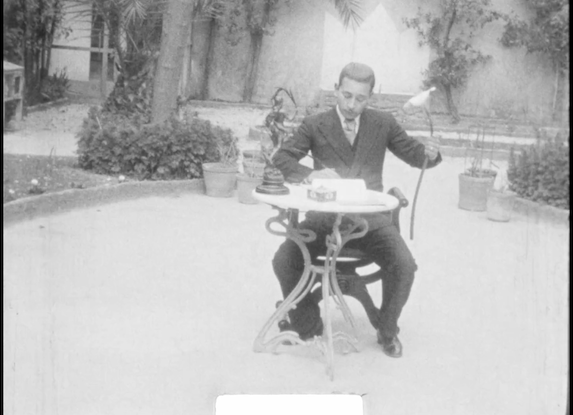
Poema Homeopàtic [Homeopathic Poem] (Manuel Amat, 1935)
Paradoy of the avantgarde film culture of the era, including references to Salvador Dalí, Luis Buñuel, Joan Miró and dancer Àurea de Sarrà. It is interesting because it shows the crossed dialogue between these different film cultures that functioned beyond the realm of commercial cinema.
For more information. Watch the film.
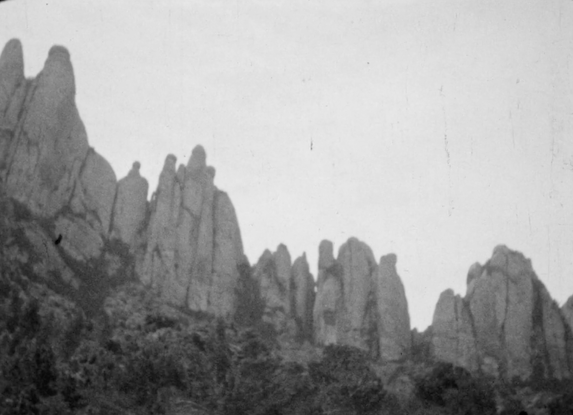
Montserrat (Delmir de Caralt, 1932)
Film devoted to the famous Montserrat mountain in Catalonia that blends fiction (a blind pilgrim walks barefoot to Montserrat, accompanied by a child, and when he arrives a miracle occurs, and he regains his sight) and documentary styles. The film circulated internationally and won an award from the 1932 American Cinematographer Amateur Movie Contest.
For more information. Watch the film.
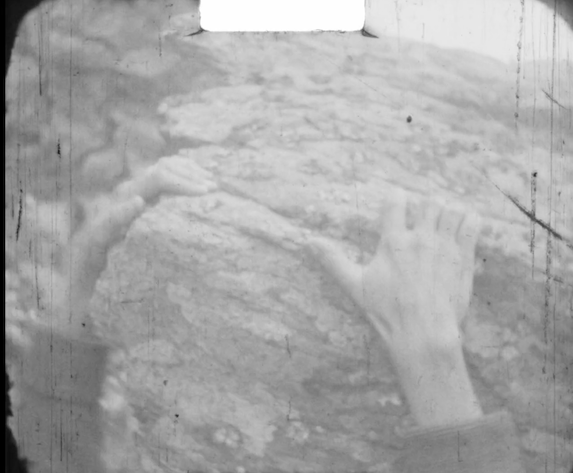
T.S.F. (Miquel Iglesias Bonns, 1935)
Fiction film that can be inscribed in the tradition of the “mountain films” that were relatively popular at the time in Europe. It is one of the best filmed fiction films of the amateur movement, with interesting camera movements.
For more information. Watch the film.
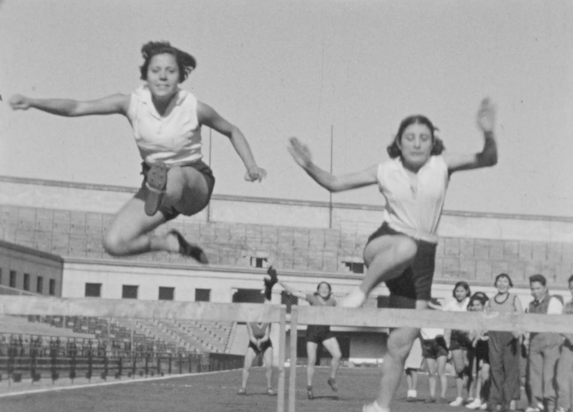
La dona i els esports [Women and Sports] (Eusebi Ferré Borrell, 1935).
Documentary about the Women’s and Sports Club of Barcelona that collects the only moving images of this pioneering institution. Winner of “La Rambla” Cup in the First National Amateur Cinema Competition organized by the Catalan Federation of Amateur Cinema.
For more information. Watch the film.
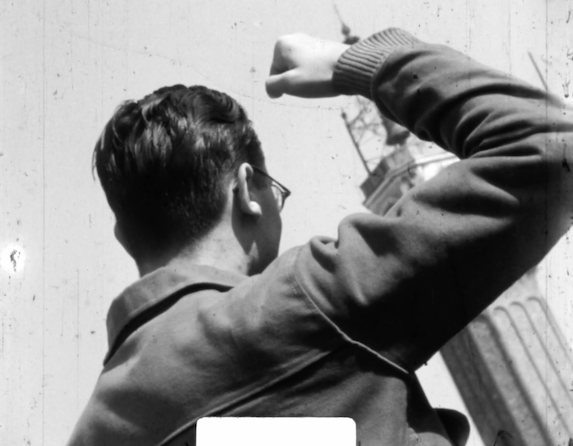
Quan la gana apreta! [When the Appetite Tightens!] (Lluís Gibert Romeu, 1939) 46’35’’, 9.5mm
Documentary about how a wealthy family from Barcelona spends the last year of the Spanish Civil War, from the Francoist point of view. The film includes very rare footage of everyday life during the war, as well as reenacted scenes shot after the end of the conflict, and the use of stop motion and archival materials.
For more information. Watch the film.